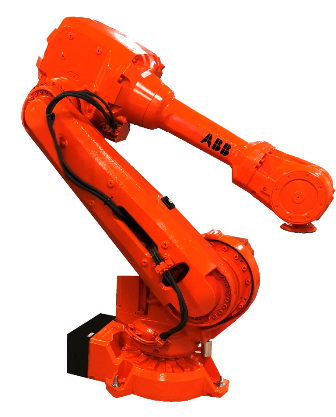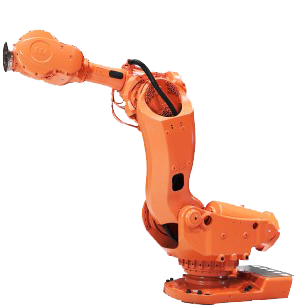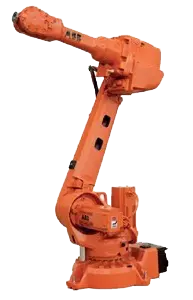There is a common misconception that industrial robots are taking away jobs from human workers, while the reality is actually the opposite. Since the introduction of the industrial robot in the 1960s, the number of manufacturers automating their operations has only continued to grow. With this automation growth has come the worry that robots like the FANUC R-2000ib, would displace the human worker, but they are instead helping to create more productive jobs and opportunities.
Robots have replaced humans in manufacturing jobs that are dangerous, mundane, repetitive, and tedious. Because these types of jobs are often viewed as undesirable and low paying, employers have had to deal with employee retention issues. Studies have shown unhappy, bored workers are twice as likely to leave their job. Dangerous arc welding and dispensing applications can now be completed from the safety of an operator's panel. Employers have also had to face the reality that workers are less willing to take manual labor positions in today’s world. This is where robots have played an integral role in the job market.
Industrial robots, such as the FANUC Arcmate 100ic, have helped companies to close the labor gap of too many manufacturing jobs than workers available. While in turn they have created a new set of skilled, higher paying jobs that are more desirable for workers. As industrial robots take over repetitive and mundane tasks associated with manufacturing, such as machine loading or press tending applications, workers are able to apply more creative skills to the production process. Through this transition employers are better able to retain their workers because they are fulfilled through more challenging and productive work.
One of the biggest benefits of automating with industrial robots is the reduction in production costs. Robots like the Yaskawa Motoman UP50N or the ABB IRB 6640 have a high level of accuracy that reduces wasted materials and allows for more productivity. Manufacturers can reinvest these cost savings back into their employees with higher wages and the creation more skilled positions within the company. Some sectors that have seen the biggest job growth through industrial robots include:
- Robot Operation - Although industrial robots are pretty self-sufficient, they still need to have a robot operator for programming and to ensure proper functionality. Workers who were once on the production line can be trained and redeployed as robot operators. They will enter programs through the robot’s teach pendant and controller to run applications and program robots. Robot operators play an integral role as they ensure the safe operation of an industrial robot or robotic system.
- Software Development - Industrial robots need software programs in order to be able to perform applications. As more robots are installed worldwide the demand for software developers continues to increase. Software developers build the artificial intelligence needed for industrial robots to continue to expand their technology and to allow them to perform more advanced applications than before.
- Customer Service - While the production of goods has moved onto full robotic automation, the customer service sector has moved in the opposite direction. When customers have an issue with a product they want to talk to a real person, not an automated recording. The increased productivity of robots has led to more products being produced at faster rates and has increased the demand for customer service agents to assist consumers. Companies have been able to create more customer service positions to keep up with the demand for personalized assistance.




